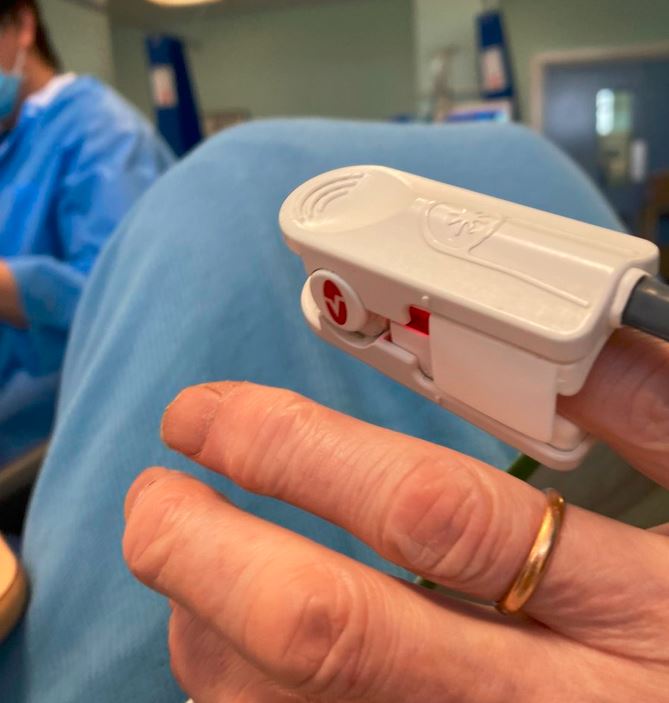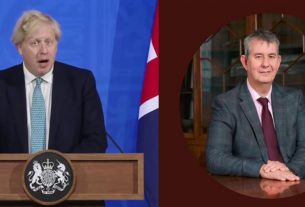The government is turning to the private sector to cut record waiting lists in the biggest expansion of private capital in the NHS since Tony Blair’s New Labour government.
NHS England will be able to perform almost 750,000 more checks and tests through 13 new “one-stop-shop” diagnostic centres – more than half of which will be funded by the private sector.
Health secretary Steve Barclay said the NHS must “use every available resource to deliver life-saving checks to ease pressure”. His comments follow orders from the prime minister Rishi Sunak to “turbocharge” the use of the private sector in the NHS.
Labour has criticised the government for taking too long to address waiting lists and said it would have used spare capacity in the private health sector sooner to benefit the NHS and patients.
Barclay will announce today (August 4) eight new private sector community diagnostic centres {CDCs) for NHS patients that will be tasked with conducting 400,000 scans, checks and tests each year.
Five of the eight will be based in England’s south west and operated by InHealth, a private company contracted by the NHS to provide diagnostic tests for more than 30 years. The other three private providers for NHS England will be in Southend, south Birmingham and Northampton.
The health secretary has been advised by the “elective recovery taskforce” – set up by the government in December 2022 to reduce the backlog of patients waiting for treatment by advising on extra capacity in the private and third sector.
Barclay said: “By making use of the available capacity in the independent sector, and enabling patients to access this diagnostic capacity free at the point of need, we can offer patients a wider choice of venues to receive treatment and in doing so diagnose major illnesses quicker and start treatments sooner.
“The elective recovery taskforce has identified additional diagnostic capacity that is available in the independent sector which we will now use more widely to enable patients to access the care they need quicker.”
Cutting NHS waiting lists is one of Sunak’s five key pledges to voters. However, more patients are waiting for treatment now that at any time since records began in 2007 with more than one-in-eight people – 7.47 million – on waiting lists., three million more than before the Covid pandemic.
The elective recovery taskforce, set up by Sunak and chaired by health minister Will Quince is made up of representatives from across the NHS, independent service providers, and patient representatives. Quince has been MP for Colchester since 2015, having previously worked in business and as a solicitor. He has been a minister of state in various departments since 2019 and was part of the exodus that quit Boris Johnson’s government in July last year over “inaccurate briefings” relating to Tory whip Chris Pincher. He rejoined government the very next day after Johnson resigned. Quince was made a health minister in September last year and is one of scores of MPs standing down at the next general election.
In an article for the Telegraph, Quince writes that record waiting lists mean it is “vital that we go further” than earlier attempts to provide care.
“The NHS has used the independent sector to bolster NHS capacity and ease pressure at critical times for nearly two decades,” said Quince.
“But at a time of record waiting lists it is vital that we go further to improve care for patients while remaining true to the NHS’ founding principles, free at the point of use.”




